The Financial Assistance Department Email Scam is a new type of fraudulent scheme that has emerged recently and is targeting unsuspecting individuals via email. The scam involves an email that impersonates representatives from the Financial Assistance Department, claiming to offer financial aid or grants. Unlike other email scams, this one doesn’t have any official-looking logos or formatting, but it’s still crafted to appear legitimate with convincing language.
It’s important to note that this is not the first email scam of this kind. Just a few weeks ago, there were reports of a similar scam allegedly originating from the Financial Hardship Department. The emails were similarly designed to deceive individuals into providing personal and financial information.
This article will explore the Financial Assistance Department scam in detail, including how it operates and ways to prevent falling prey to this deceitful scheme. It’s worth noting that scammers may use various phone numbers to perpetrate their scam, but the following phone numbers have been found to be frequently used in these types of fraudulent emails: 855-942-3580, 833-890-2982, 833-877-3105, 855-816-4103, 855-455-5177, 855-544-6425, 855-931-6463, 855-536-2749. If you get an email or a call from someone claiming to represent the Financial Assistance Department and requesting you to contact a different number, be cautious and research before taking any action.
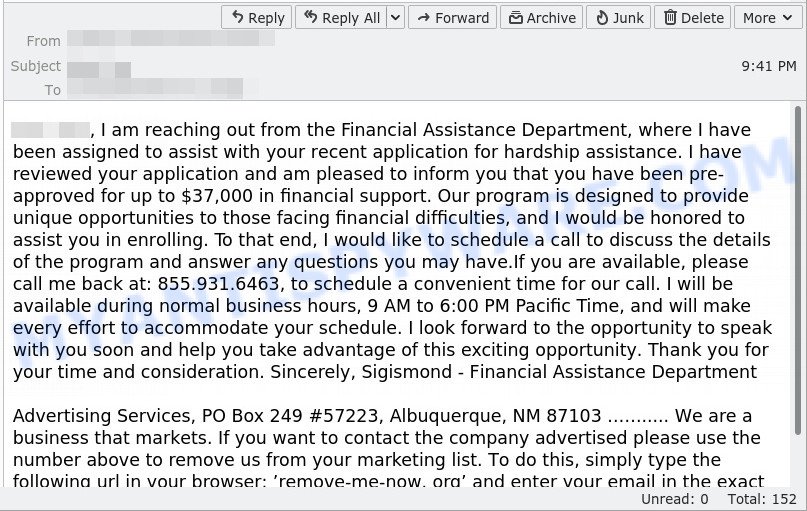
QUICK LINKS
- How the scam works
- What to do when you receive the Financial Assistance Department Scam Email?
- How to spot and avoid scams like the “Financial Assistance Department” scam email?
- Report a Scam
How the scam works
The Financial Assistance Department scam typically starts with an email sent to unsuspecting individuals. The email claims to be from the Financial Assistance Department and offers financial aid or grants. The email may use official-sounding language and may even include a reference number or other seemingly legitimate details.
The email instructs the recipient to call a phone number to complete the application process. However, the phone number provided is not the actual number for the Financial Assistance Department, but rather a number controlled by the scammers.
Once the victim calls the number, they are instructed to provide personal and financial information, such as their Social Security number, bank account information, and credit card details. The scammers may use this information for identity theft, fraud, or other illegal activities.
Additionally, scammers may use different phone numbers to carry out their scheme, and some common numbers have been identified as frequently used in these types of fraudulent emails.
A typical “Financial Assistance Department” scam email reads as follows:
HI it’s Charline with the Financial Assistance Department. We tried reaching you at your home and did not hear back... I’m not sure if you’ve spoken to an assigned agent yet, but I do see that you’re pre-approved for our Hardship Program, so what I’m going to do is keep this in a pending status. Please give me a call between the hours of 10am and 8pm EST, so we can go over the details. My phone number is: 833-877-3105, Thank you, Charline Volk – Financial Assistance Department
Advertising Services, PO Box 249 #57223, Albuquerque, NM 87103 ..…...... We are a business that markets. If you want to contact the company advertised please use the number above to remove us from your marketing list. To do this, simply type the following url in your browser: ’remove-me-now. org’ and enter your email in the exact format: ‘XXX@gmail.com’
The email contains several red flags that indicate it is a scam
- The email is unsolicited, meaning it was sent without the recipient’s consent or request.
- The email is sent from an email address that does not match the name of the Financial Assistance Department. This is a common tactic used by scammers to make the email appear legitimate.
- The email offers the recipient a pre-approved financial support of up to $37,000, which creates a sense of urgency to respond quickly.
- The language used in the email is unprofessional and contains grammatical errors. This is unusual for a legitimate organization, such as the Financial Assistance Department.
- The email promises the recipient up to $37,000 in financial support, which is a large sum of money. This is a common tactic used by scammers to entice people into responding to the email.
- The email offers to schedule a call to discuss the program and asks the recipient to call back to a specific phone number. However, it does not provide any information about the program or the organization. This may indicate an attempt to obtain personal information from the recipient.
- The email contains several grammatical errors, which may indicate that it was written by someone who is not fluent in English or who did not take the time to proofread the message.
- The email contains some invisible Unicode characters. These characters are called zero-width space characters and are often used to add spacing or line breaks in text without changing the appearance of the text. Their use in this email is suspicious.
- The email provides very little information about the organization, and the sender’s name, Sigismund, is not a common name for an English speaker. Additionally, the organization’s address is a PO box, which makes it difficult to verify the legitimacy of the sender.
- The email contains a message at the bottom, which is unrelated to the content of the email and may indicate that the message is spam.
It’s crucial to keep in mind that genuine financial institutions and government agencies will not request personal information through phone or email, particularly without confirming the identity of the individual they are communicating with. If you receive an email or phone call resembling the Financial Assistance Department scam, the best course of action is to either disregard it or notify the relevant authorities.
Examples of such scams
Scammers often use similar tactics to deceive unsuspecting individuals. Here are some recent examples of scams that are similar to the Financial Assistance Department scam: Venmo Account Locked Email Scam, NortonLifeLock Billing Payment Email Scam, Amazon Account Locked Scam, and Geek Squad Email Scam
- NortonLifeLock Billing Payment Scam Email
- Venmo Account has been Locked Scam Email
- Intuit Norton Lifelock Scam Email
- PayPal McAfee Scam Email
- Financial Hardship Department Scam Email
By familiarizing yourself with these types of scams, you can better protect yourself from falling victim to fraud. Remember, if you receive a suspicious email or phone call, it’s always best to verify the identity of the sender or caller before providing any personal information.
What to do when you receive the Financial Assistance Department Scam Email
If you receive a Financial Assistance Department scam email, here’s what you should do:
- Do not reply to the email or call the phone number provided in the message.
- Do not click on any links or download any attachments provided in the email, as they may contain malware or viruses that can harm your device.
- You can report the email as a scam to your email provider, and mark it as spam. This will help prevent similar emails from appearing in your inbox.
- If you are unsure whether the email is legitimate, verify the information with the relevant organization directly. You can find their contact information on their official website.
- Do not provide any personal information, such as your Social Security number, bank account information, or credit card information to anyone who contacts you unexpectedly.
- Report the scam email to the appropriate authorities, such as the Federal Trade Commission (FTC) at https://www.ftc.gov/ or the Internet Crime Complaint Center (IC3).
- If you have already responded to the scam email or provided personal information to the scammers, contact your bank or credit card company immediately to report any suspicious activity and protect your accounts. You may also want to consider placing a fraud alert or credit freeze on your accounts to prevent any unauthorized access. Use the steps (https://consumer.ftc.gov/articles/what-do-if-you-were-scammed) to try to stop a transaction, get a transaction reversed, or get a refund.
Remember that financial institutions will never ask for your personal information over email or phone, so be cautious if someone claiming to be from such an organization contacts you.
Threat Summary
| Name | Financial Assistance Department Email Scam |
| Type | Phishing Scam |
| Scammers phone numbers | 855-942-3580, 833-890-2982, 833-877-3105, 833-528-2121, 855-816-4103, 855-455-5177, 855-544-6425, 855-931-6463, 855-536-2749, 833-528-2121, 833-652-2377, 833-564-6852, 8338773105, 833-213-0440, 855.455.5177, 855.544.6425, 855.931.6463, 855-536-2749, 833-877-3105, 855.942.3580 |
| Disguise | The email is disguised as a message from Financial Assistance Department. |
| Damage | If the recipient falls for the scam and provides their personal information, the scammers can use it for identity theft, monetary loss, and other types of fraud. |
| Distribution methods | The email is distributed via mass email campaigns, and it can also be spread through social engineering and other forms of social media. |
How to spot and avoid phishing scams like the “Financial Assistance Department” scam email
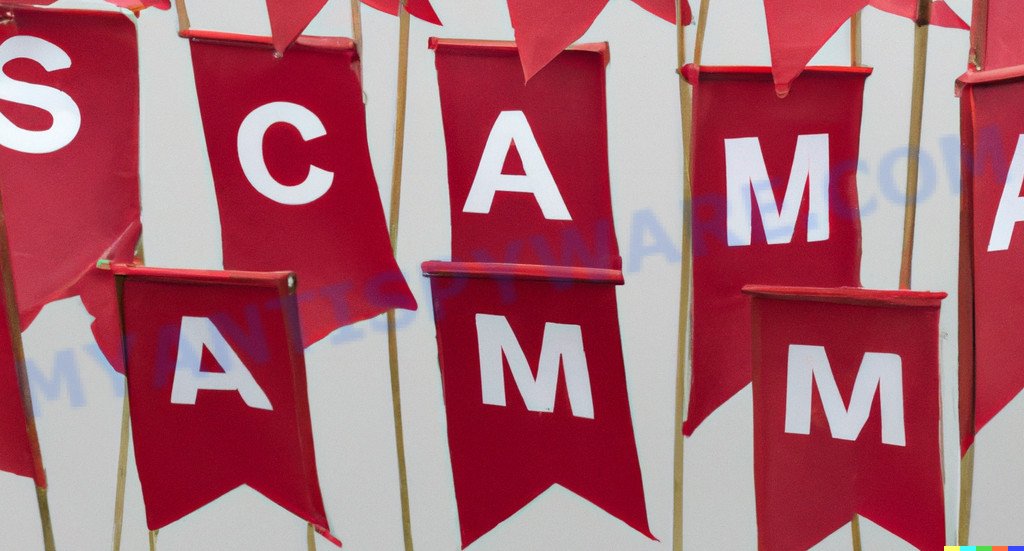
Phishing scams like the “Financial Assistance Department” scam email can be tricky to spot, but there are some common red flags to look out for that can help you avoid falling victim to them. Here are some tips to help you spot and avoid phishing scams:
- If you receive an email from a sender you don’t know or weren’t expecting, be suspicious. Phishing emails often try to create a sense of urgency or emergency to get you to act quickly without thinking.
- Scammers often try to make their emails look like they are coming from a legitimate source, such as a bank or a government agency. Check the email address of the sender to see if it matches the company or organization they claim to be from. Be cautious of email addresses that look similar to legitimate ones but have small differences, such as misspellings or extra characters.
- Phishing emails often contain spelling and grammar errors or awkward phrasing. Legitimate companies and organizations usually take the time to proofread their emails.
- Scammers often include links in their phishing emails that lead to fake login pages or malware downloads. Hover over the link with your mouse to see the full URL. If the URL doesn’t match the website you think you should be going to, or if it’s a long, convoluted string of characters, it’s likely a phishing link.
- Legitimate companies and organizations will never ask you to provide sensitive information, such as your social security number or bank account information, through an email. If an email asks for this kind of information, it’s likely a phishing scam.
- Phishing emails often try to create a sense of urgency or fear to get you to act quickly without thinking. If an email claims that your account will be suspended, or that you owe money and need to pay immediately, be suspicious.
- If you’re unsure whether an email is legitimate, contact the company or organization directly to confirm. Look up their phone number or website on your own, rather than clicking on links in the email.
By following these tips, you can avoid falling victim to phishing scams like the “Financial Assistance Department” scam email. Remember that scammers are always coming up with new tactics, so it’s important to stay vigilant and keep your personal information secure.
Report a Scam
If you have received an email resembling the Financial Assistance Department Scam email, even if it’s not exactly the same as the example provided, we encourage you to share it with us by leaving a comment on this article. Along with the email address it came from, this information can assist us in alerting users about ongoing scams, keeping track of patterns, and intervening in scams whenever feasible.
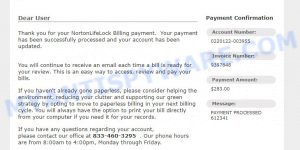
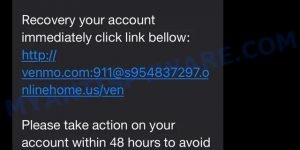
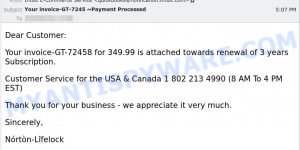
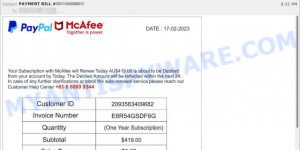
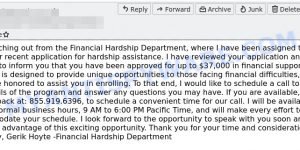


















Xxxxx Xxxxx, Hi this is Catherina Robinson. This is important and concerns your student loan. We tried to contact you at your home [XXXXXXXX, NJ] but could not reach you. I’m following up regarding your eligibility for the income driven payment reduction and forgiveness program. You may have an incomplete application that needs to be submitted. As a reminder all loan statuses qualify even those in default and garnishment. If you could please call a dedicated eligibility counselor at: (888)‑399‑6293 to complete your application, and finalize your enrollment as soon as possible. please be sure to provide your approval code: #02587; when speaking to your counselor to expedite your call. Thank you, - Catherina Robinson
Note: I never had to take out a Student Loan for Undergrad (Partial Scholarship/Part-Time Work/Living At Home) and Grad School (Grad Asst Stipend/Full Time Employment).